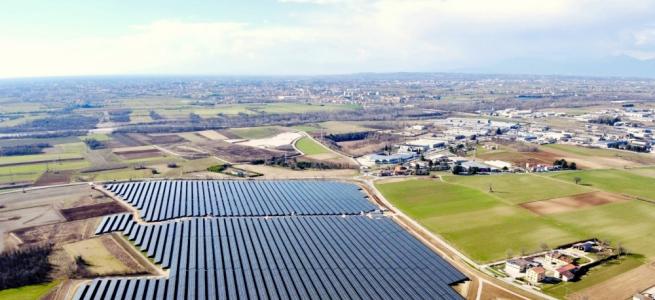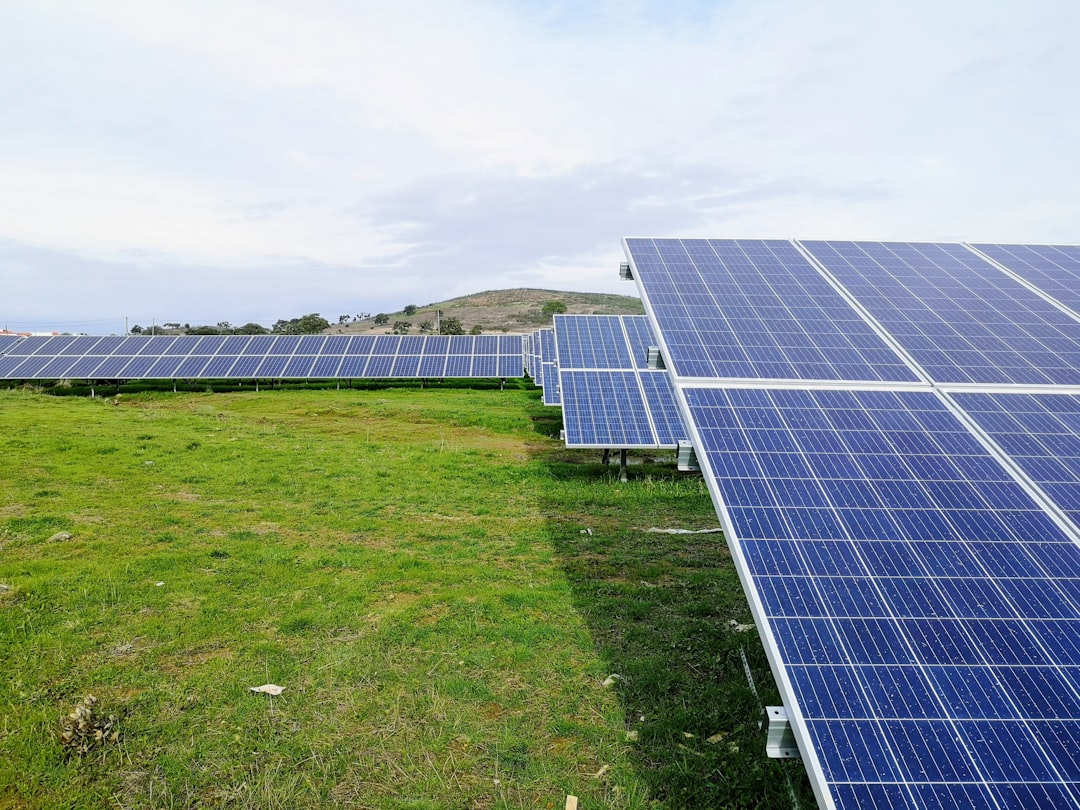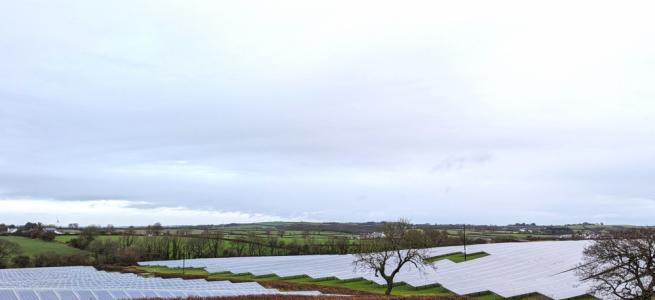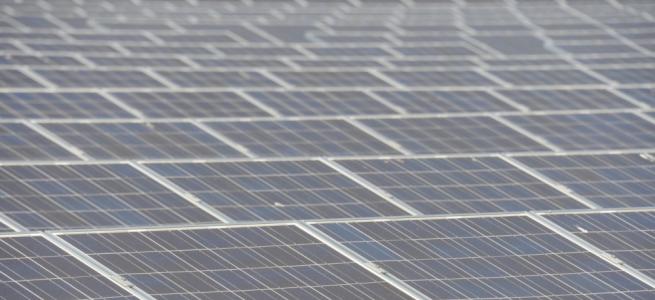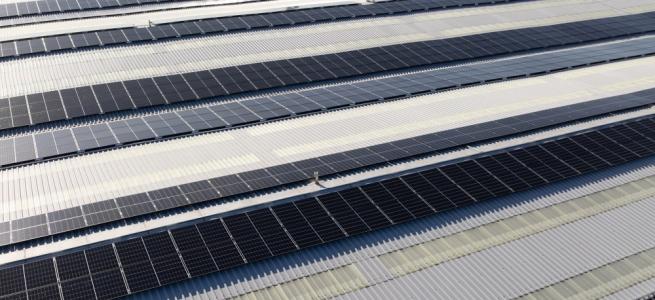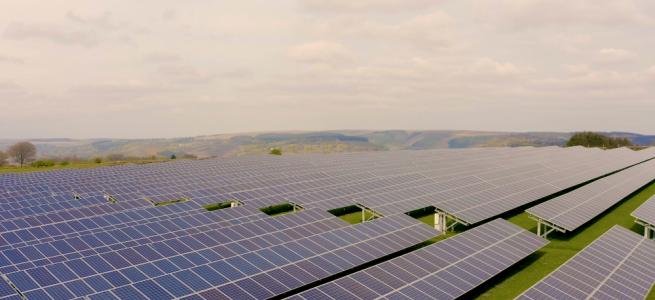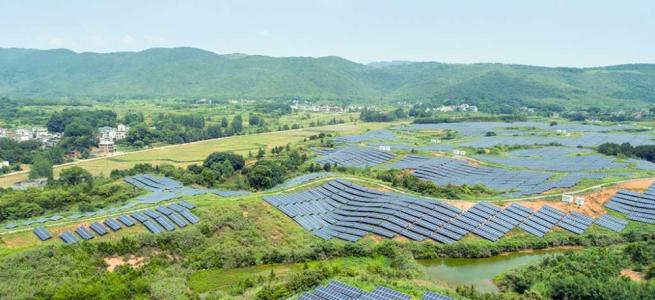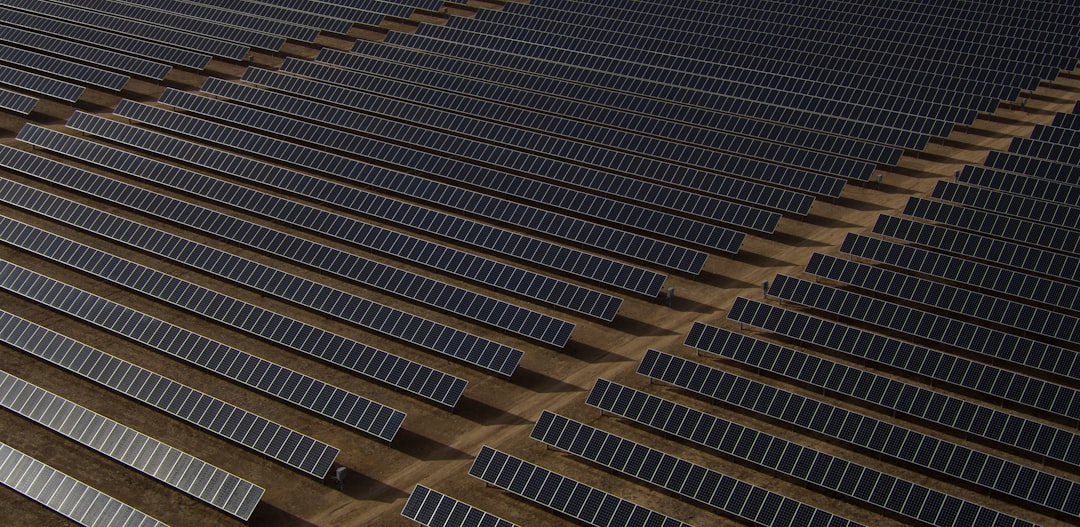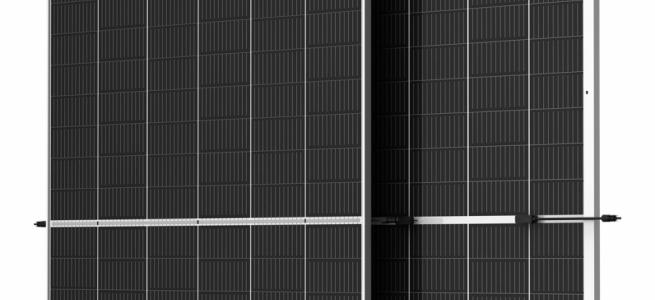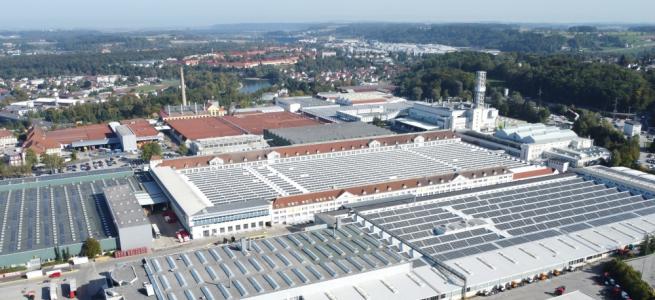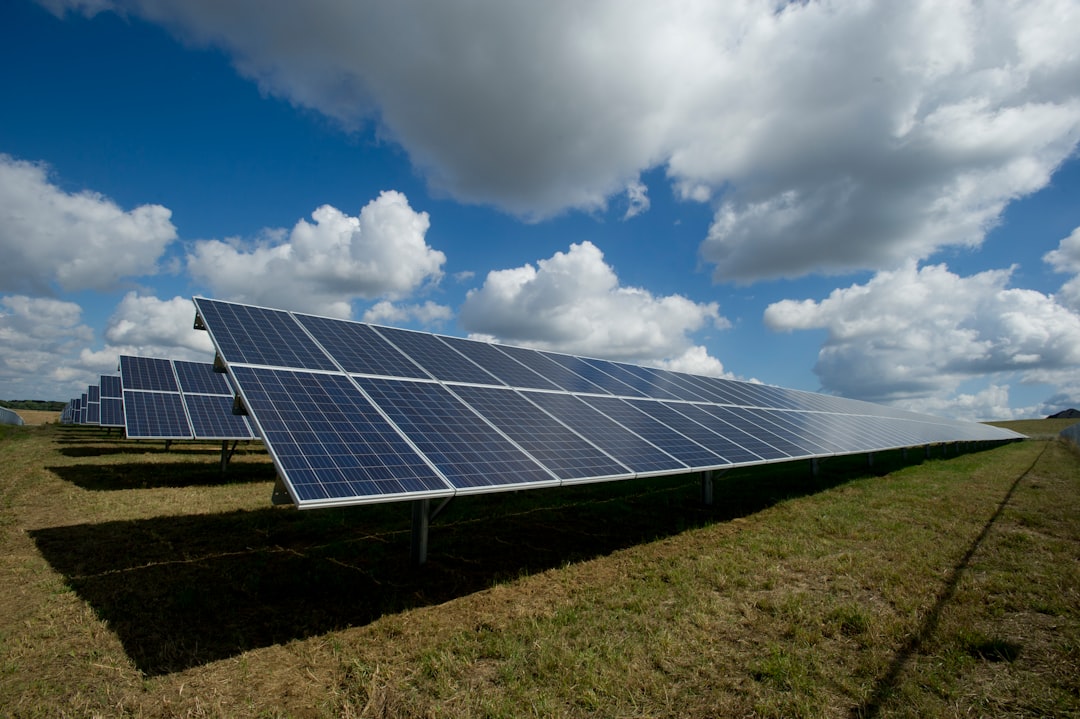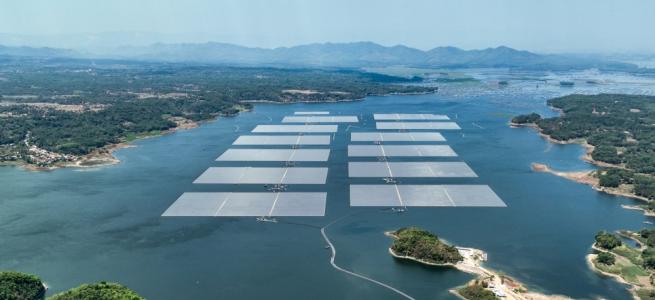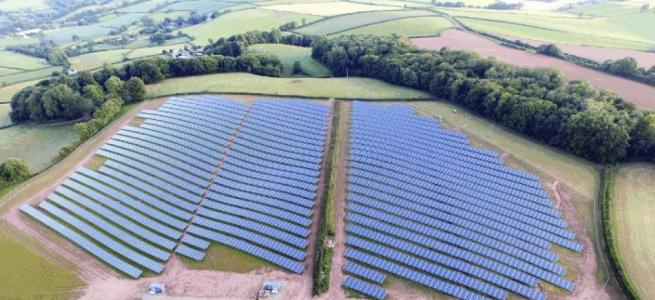News Article
Will Metering Rollbacks Impact US Solar Market?

Despite efforts from some U.S. states to re-evaluate their net-energy metering (NEM) policies, the impact of any potential changes on the U.S. PV industry is expected to be negligible in 2014, according to IHS Inc.
"States including Arizona, Colorado and California are re-evaluating their NEM policies," said Wade Shafer, senior analyst covering North American PV at IHS.
"This has spurred some concern about the development of distributed solar in the U.S., since NEM incentives are critical to supporting the customer-sited PV market. After examining proposed changes and recent utility commission rulings, IHS has determined that net metered PV project economics will not be significantly impacted in 2014."
IHS estimates that 85 percent of distributed solar PV capacity installed to date in the United States is located in states with full retail-rate NEM, according to a new IHS report, entitled: "US Debates Rolling Back Net Energy Metering." An estimated 70 percent is located in states that are reviewing their NEM policies, as presented below.
NEM schemes typically credit utility customers with solar PV systems at the full retail rate for the power they produce. Effectively, customers are able to roll back their utility bills with the credits from those they have earned for PV generation. NEM customers pay only for the net amount of electricity used, after subtracting the PV generation from their bills, which could potentially trigger a payment from the utility.
The debate in Arizona, Colorado and California has focused on determining the value of NEM PV power to non-NEM ratepayers and how to recover the difference, if any, between the retail rate and this value.
The Arizona Corporation Commission (ACC) in November ruled that beginning in 2014, new residential customers of Arizona Public Service Co. (APS) must pay a monthly fee of $0.70 per kilowatt (kW) of solar PV installed. More extensive NEM reforms were postponed until APS's 2015 general rate case.
This decision follows the request of APS in July to either compensate residential NEM at wholesale power prices"”i.e., $40 per megawatt-hour (MWh)"”or impose a fixed demand charge equivalent to $13.50 per kilowatt (kW) per month in the summer and $9.30 per kW per month in the winter. APS argues that these changes would have better reflected NEM solar's estimated avoided cost value of $54 per MWh.
Electric power utility Xcel Energy Inc. in July petitioned the Colorado Public Utilities Commission to allocate all of the unrecovered costs from NEM solar PV generators to its Renewable Energy Standard Adjustment (RESA) charge. This charge to customer bills covers the incremental cost of compliance with Colorado's Renewable Energy Standard (RES).
Xcel estimates that when it credits residential NEM solar generation at the full retail rate, it provides a subsidy of $59/MWh to these NEM customers. The subsidy represents the gap between the average retail rate of $104/MWh and Xcel's estimate of distributed solar generation's system-wide average value of $45/MWh in avoided costs.
The California Public Utility Commission (CPUC) in October released a study on the cost and benefits of NEM PV for non-NEM ratepayers. Similar to APS and Xcel, the study used an avoided-cost methodology to determine NEM benefits for non-NEM ratepayers. The study argued that in 2014, the average benefit provided by NEM PV will be approximately $111/MWh.
"The proceedings in Arizona, Colorado, and California all indicate that avoided utility costs are emerging as the way to determine NEM PV's value. However, with no single methodology for determining avoided costs, the debate over NEM benefits to the greater power system are likely to continue. Given that Arizona is currently positioned for NEM reform in 2015 and that California must create a new NEM tariff by 2016, the arguments are likely to continue through 2014 and 2015."
Avoided fuel costs, a portion of capacity, and avoided distribution losses seem to be common areas of value, but what percentage of these utility-cost categories are avoided will be debated.
Other categories that are likely to be the subject of debate are avoided transmission and distribution investments, renewable power purchases and emissions. In addition to these debates being shaped by local power market dynamics, the local political environment will also influence the final determinations and lead to fragmented outcomes across the United States.
The distributed PV industry in the United States should largely be unaffected by NEM policy changes in 2014.California has a full retail-rate NEM program in place until the state reaches its 5.3 GW aggregate limit on NEM capacity. At the end of the third quarter of 2013, the state's utilities reported 1.7 GW of interconnected NEM capacity.
The ACC's $0.70 per kW of NEM PV charge should have negligible impact on NEM PV project economics. Meanwhile, Colorado will continue to be a market dependent on local incentives.
Overall, developers should be mindful of the evolving avoided-cost framework and prepare for eventual reforms in NEM that move away from the full retail rate to a tariff based on the benefits that NEM PV provides to non-NEM customers. For their part, regulators seem to recognize a cost shift occurring between NEM and non-NEM customers, even though its magnitude is undecided.
Distributed solar developers should continue to focus on driving project costs lower through improved installation, streamlined customer acquisition, and innovative financing/business models, in order to prepare for a future of avoided cost valuations. With utility costs generally seen as increasing over time and PV costs expected to continue to decline, the future of distributed PV generation could be promising in select areas.
To be sure, the issue will be hotly debated.


